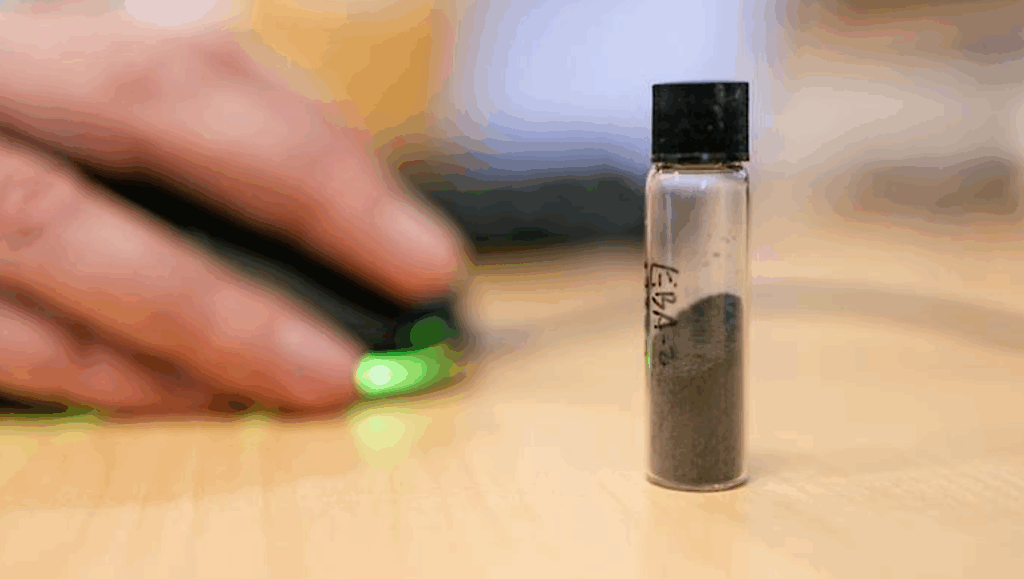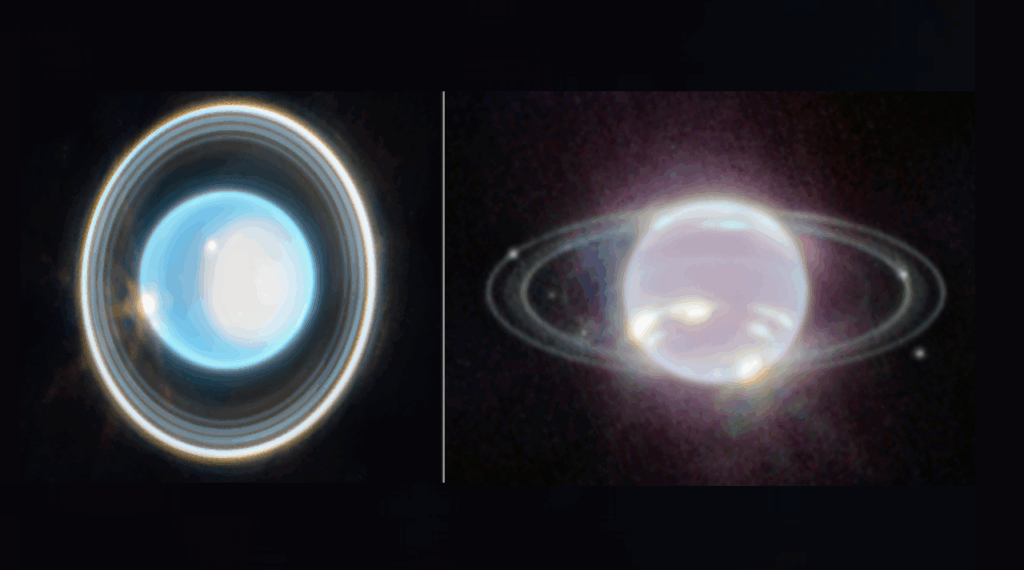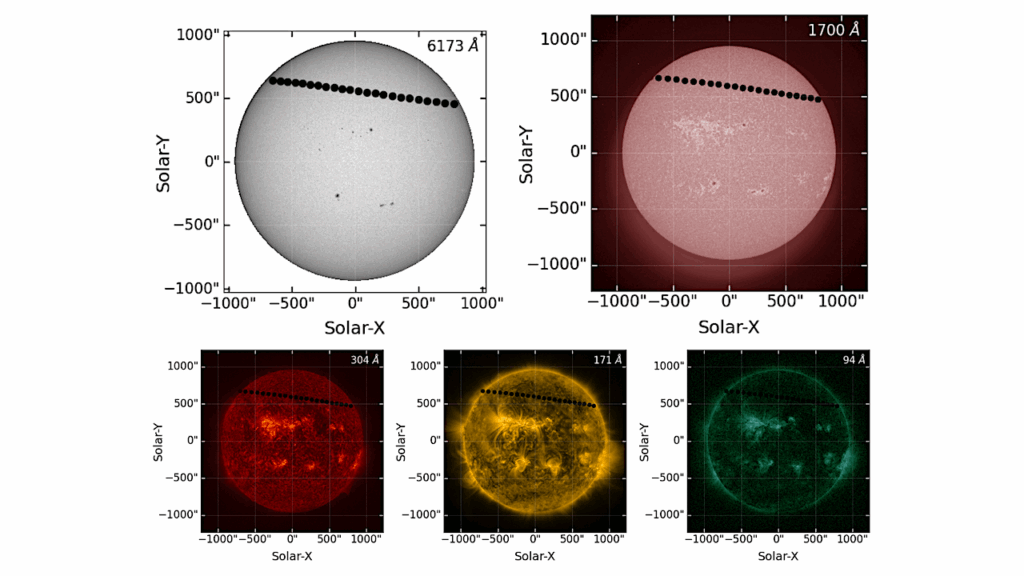A Re-Appraisal of CO/O2 Runaway On Habitable Planets Orbiting Low-Mass Stars

Efforts to spectrally characterize the atmospheric compositions of temperate terrestrial exoplanets orbiting M-dwarf stars with the James Webb Space Telescope (JWST) are now underway. Key molecular targets of such searches include O2 and CO, which are potential indicators of life.
Recently, it was proposed that CO2 photolysis generates abundant (≳0.1 bar) abiotic O2 and CO in the atmospheres of habitable M-dwarf planets with CO2-rich atmospheres, constituting a strong false positive for O2 as a biosignature and further complicating efforts to use CO as a diagnostic of surface biology.
Significantly, this implied that TRAPPIST-1e and TRAPPIST-1f, now under observation with JWST, would abiotically accumulate abundant O2 and CO, if habitable. Here, we use a multi-model approach to re-examine photochemical O2 and CO accumulation on planets orbiting M-dwarf stars.
We show that photochemical O2 remains a trace gas on habitable CO2-rich M-dwarf planets, with earlier predictions of abundant O2 and CO due to an atmospheric model top that was too low to accurately resolve the unusually-high CO2 photolysis peak on such worlds. Our work strengthens the case for O2 as a biosignature gas, and affirms the importance of CO as a diagnostic of photochemical O2 production.
However, observationally relevant false positive potential remains, especially for O2’s photochemical product O3, and further work is required to confidently understand O2 and O3 as biosignature gases on M-dwarf planets.
Sukrit Ranjan, Edward W. Schwieterman, Michaela Leung, Chester E. Harman, Renyu Hu
Comments: Submitted to AAS Journals; comments and criticism solicited at [email protected]. 3 Figures, 1 Table in main text; 3Figures, 5 Tables in SI
Subjects: Earth and Planetary Astrophysics (astro-ph.EP)
Cite as: arXiv:2307.08752 [astro-ph.EP] (or arXiv:2307.08752v1 [astro-ph.EP] for this version)
Submission history
From: Sukrit Ranjan
[v1] Mon, 17 Jul 2023 18:00:15 UTC (584 KB)
https://arxiv.org/abs/2307.08752
Astrobiology,








